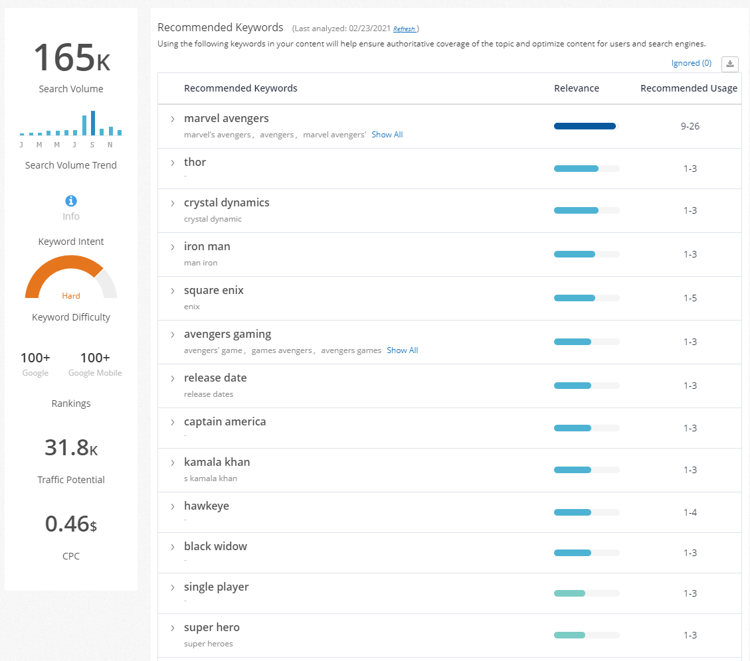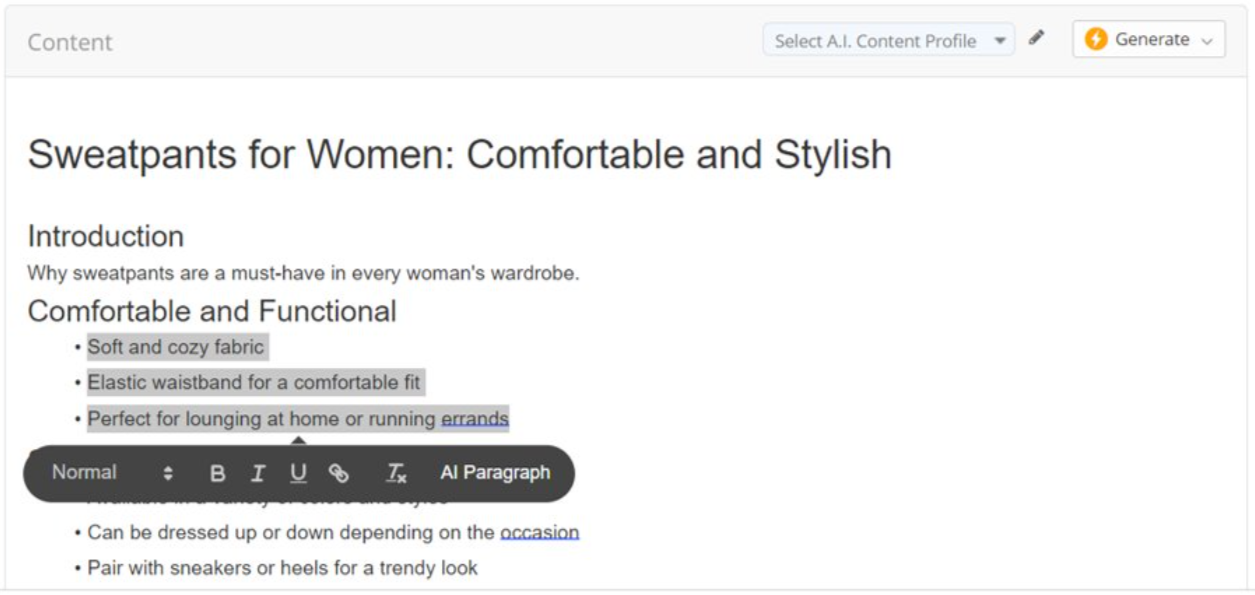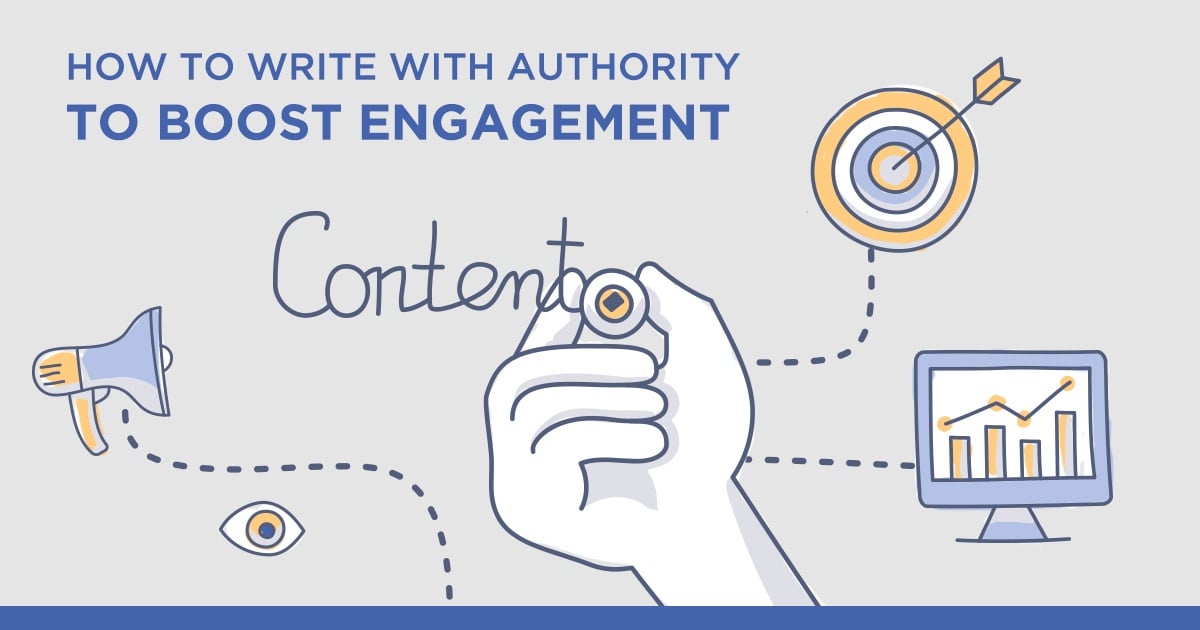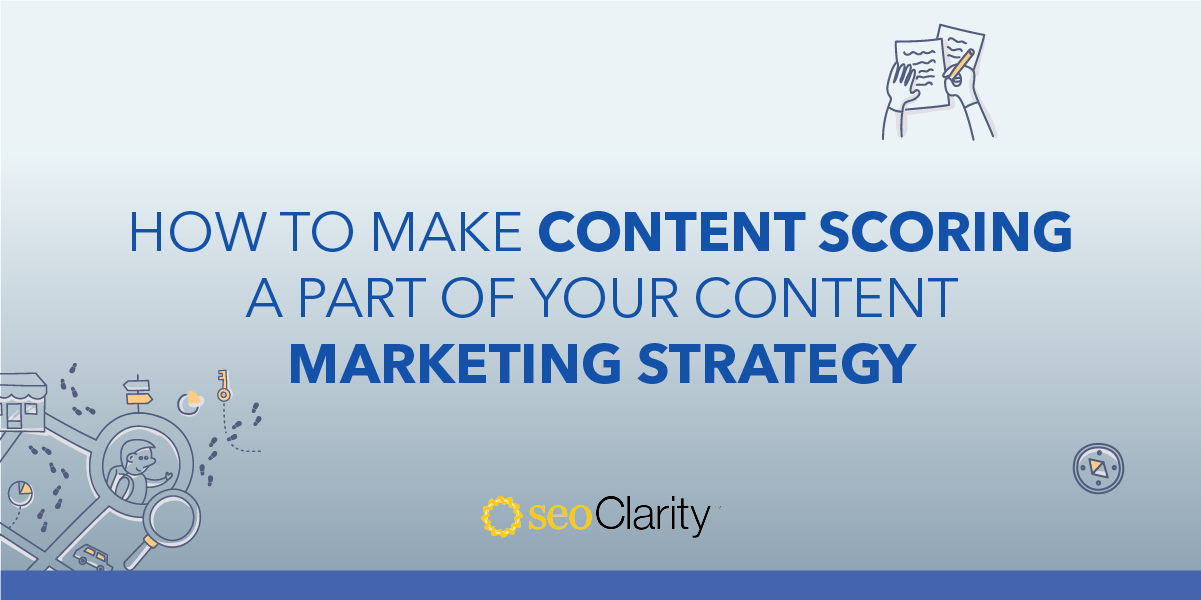Want to conduct an SEO content analysis? Seeking advice on evaluating your and your competitors' content to drive more traffic and organic revenue?
Let's face it; SEO content is an essential (maybe even the most important) element of any SEO strategy. It impacts rankings, user engagement, and link acquisition.
In this post, you'll learn about common problems with SEO content, how to analyze existing content assets, and how to conduct an analysis of new content ideas.
Table of Contents:
- SEO Analysis of New Content Ideas
-
How to Collect Content Analysis Information Using Content Analysis Tools
What Is SEO Content Analysis?
SEO content analysis is the process of evaluating content (both new ideas and existing assets) for factors that can help or deter its organic performance.
At the core of an SEO content analysis is a simple idea – Not all crawled URLs will end up in the search engine’s index.
Or, to put it more bluntly, just because Google or other search engines have crawled your website doesn’t mean that they will rank your content.
This could happen due to a number of issues. SEO content analysis is a way to identify and eliminate them.
I typically split the content analysis into two phrases:
- Auditing existing assets for potential problems, and
- Analyzing content ideas to identify the top-ranking factors for their target keywords.
We'll look at each of them in turn. But before we dive in, there's one more important topic to discuss: common problems with SEO content.
Common Problems With SEO Content
Creating content, if done well, is one of the most profitable ways to drive the business forward.
However, to hit your content marketing goals, you must ensure that your pages rank for the relevant phrases. Otherwise, there is little or no chance of them driving the organic search performance.
Unfortunately, from experience, I know that a lot of content suffers from common problems such as:
Poor Keyword Targeting
Often, companies target the wrong keyword with their blog posts and other content. It’s either a phrase that’s not relevant to their audience or one that exhibits a different search intent than what they’ve created.
Similarly, content often fails to include key on-page SEO elements such as internal links, optimized titles and meta descriptions, and more, limiting its ranking potential in the search results.
Recommended Reading: How to Conduct On-Page SEO Analysis at Scale
No Relevance to the SERP/Search Intent
Unfortunately, a lot of content also targets the wrong user search intent.
Customers have a clear goal in mind when searching for information. A well-optimized piece of content should provide such information at a level that exceeds the person’s expectations.
That’s what Google wants to promote at the top of the SERPs, after all.
This also means including information that doesn't meet the searcher's intent will reduce the page’s potential to rank well for its target keyword.
Granted, some keywords exhibit a mixed intent, meaning that the SERP features a whole variety of information – commercial pages, informational blog posts, how-to tutorials, and so on.
In most cases, however, you can tell what information Google considers matches the user intent, and your web page should focus on it too (and do it better than the competition.)
Insufficient Information
Similarly, a page can provide the right information but fail to cover it in enough detail.
It may only cover the general aspects of the topic, while the audience requires a more in-depth approach. As a result, such a short page would stand little chance of ranking well.
Poor Writing Quality
Finally, the readability – or the quality of writing – can affect the SEO performance of a piece of content.
Think about it; if readers can’t understand your content, they’re likely to abandon the page and move on to the next result in the SERP.
A high bounce rate alone can send a negative quality signal to the search engine.
However, I assume that most of the time, the search engine understands the ideal readability for keywords, and prevents poor quality pages from reaching top-rankings.
Recommended Reading: SEO Content Writing Tips
SEO Content Analysis of Existing Assets
Now let's dive into the content analysis process, starting with an audit of existing assets.
This analysis aims to identify various site-wide issues that can hinder SEO efforts. The most common of which include:
Having Duplicate Content
Unfortunately, as the number of pages increases, so does the potential for duplicate content. Some pages will reuse existing templates, along with various snippets of content.
Other pages might feature content copied directly from other assets, only because it is easier to create them that way, rather than write new copy. New product pages might feature the same copy across different product variations, and so on.
Content analysis will uncover those problems, and help you create more unique content to rank.
Keyword Cannibalization
Keyword cannibalization occurs when a group of pages targets the same keyword or search phrase. In most cases, the cannibalization occurs unintentionally.
As the number of pages on the site grows, it gets harder to keep track of the keywords all those assets have been optimized for.
Sadly, such an issue may confuse the search engines and result in the wrong page ranking for the keyword.
A content audit will help identify instances of keyword cannibalization and potential ways to eliminate the issue.
Decaying Content
SEO content analysis will also pinpoint assets that have been losing traffic and rankings continuously over several months.
This content may either be out of date, hence the diminishing performance, or experiencing problems (such as duplicate content or keyword cannibalization.)
As part of the analysis process, you will be able to decide whether those pages need to be removed, consolidated with other assets, or simply updated to improve their performance.
Dropping Organic CTR
Finally, analyzing the existing content will also help you discover pages that may have retained the same rankings but a drop in organic click-through rate.
The issue might be caused by a shift in the audience’s interests or other search listings attracting more attention (due to the presence of SERP features, for example.)
Nonetheless, it is a serious one, and certainly a cause for concern.
SEO Analysis of New Content Ideas
This part of the content analysis process focuses on identifying the ranking factors of the top-ranking content in SERPs. It involves analyzing the current keyword landscape to come up with new content ideas based on:
Patterns in the Meta-Data
Often, when you look at the ranking content, you’ll notice similarities, particularly among the top-ranking pages.
Take the phrase, “Small business CRM” for example. Most organic listings have quite a lot in common, don’t you agree?

Most are listicles, featuring what the authors believe to be “the best” CRM packages.
Understanding such patterns will help you plan your content strategy as well as write meta title tags and meta description tags that match the intent of the SERP.
Patterns in Headings
Similarly, the top-ranking content often shares similarities too. It could be certain sections that most of those pages feature. Or the language they use in sub-headings.
Once again, evaluating the top-ranking content will help you identify the basic minimum your page should include.
Additional Questions the Audience Needs Answered About the Topic
The information above helps define a starting point for writing the page. The next challenge, however, is to identify how to exceed the person’s expectations.
One of the best ways to do it is by identifying additional questions users might have on the topic.
There is a manual way to find out this information – Look at the SERP page, particularly two sections:
“People also ask”:

“Searches related to”:

Naturally, those will provide only a partial insight into the user’s intent.
If you want to go beyond that, however, you will need to turn to a dedicated content analysis software.
How to Collect Content Analysis Information Using SEO Content Analysis Tools
Content analysis tools are essential for optimizing SEO performance, as they provide data-driven insights on keyword usage, readability, engagement, and competitor benchmarks to improve rankings and user experience.
Content Fusion, an AI-driven content optimizer, provides users with an incredible experience in addressing their content and analysis needs.
We take a specific, data-driven approach to combine content creation and analysis into one, easy-to-use SEO tool, putting the power in the hands of the user to be the hero in solving their company’s greatest content challenges.
Recommended Reading: 7 Content Fusion Success Stories
Now more than ever, users seek more in-depth information when determining where, how, and why they should take an action or make a purchase on your site.
Content Fusion allows clients to ensure they are including all of the necessary topics in their content to improve their visibility in the search, thus improving their overall traffic.
Imagine you have content on your site that ranks for the term “marvel avengers”, but it doesn’t appear high in the SERP and you hardly receive any organic traffic. Let’s run both the target URL and keyword through Content Fusion.

Content Fusion relies on its own AI and proprietary algorithms to present the user with the related topics to the search query of “refrigerator repair”.
The user can determine what topics are missing from their content that, when added, will signal to both users and Google that this content is the appropriate authority on the target topic.
While Content Fusion alone does not provide analytics, it powerfully arms users with insights for them to draw upon to create new authoritative content or refresh old existing content for better visibility.
In addition, Content Fusion has been integrated with Sia, our AI-driven SEO assistant, to streamline the process of writing or revising content.
By clicking Sia's lightning bolt icon, Sia automatically generates outlines, drafts paragraphs, and rewrites existing content. All of Sia's outputs are personalized based on the topic and preferences.

Plus, the new "Content Profiles" capability allows you to specify your target audience, tone, language, and content type for Sia to adhere to when generating content.
Sia's outputs serve as suggestions and should always be reviewed and edited by a content team member.
Conclusion
Harnessing the power of AI content marketing through Content Fusion allows users to analyze their content gaps and develop new content ideas at scale.
By creating authoritative content or breathing new life into old content with low traffic value, content creators attract the right audience with improved search visibility.
>>>Editor's Note: this post was originally published in July 2020 and has been updated.<<<




.png?width=140&name=Untitled%20design%20(10).png)



1 Comment
Click here to read/write comments